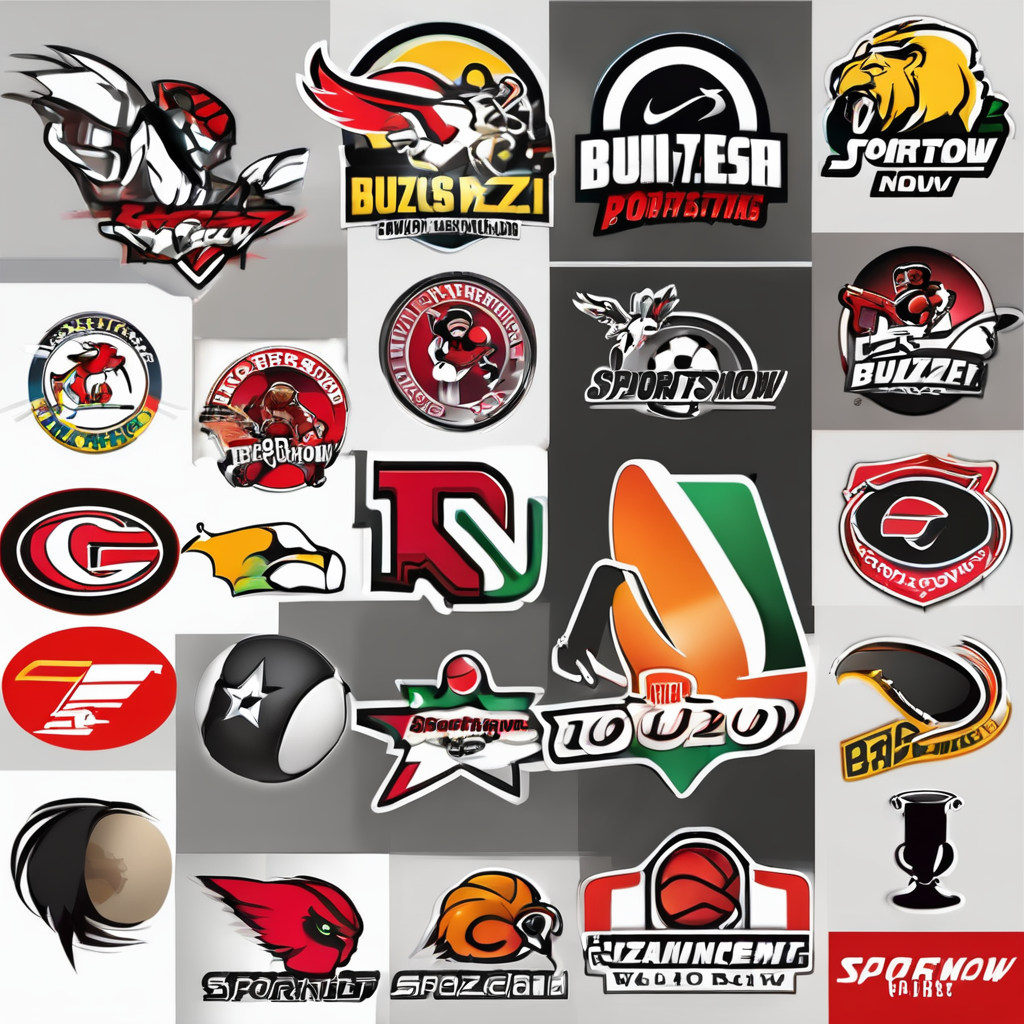Essential Tips for Choosing the Perfect Used Sport Bike in the UK: Key Factors to Consider
When it comes to buying a used sport bike, the process can be both exciting and daunting. With so many options available, it’s crucial to approach the purchase with a clear understanding of what you need and what to look for. Here’s a comprehensive guide to help you make the best decision.
Understanding Your Needs
Before you start your search, it’s important to define what you’re looking for in a used sport bike. Here are a few questions to consider:
Have you seen this : Ultimate Guide to Safely Transporting Multiple Sport Bikes Across the UK: Best Techniques Revealed
-
What type of riding will you be doing?
-
Are you looking for a bike to handle long road trips, or something more suited for track days?
This might interest you : Exploring the Dangers: Why Choosing Non-OEM Parts for Your UK Sports Bike Could Be Risky
-
If you’re planning to ride in hilly or mountainous regions, you’ll need a bike with the right gearing and suspension.
-
What is your budget?
-
Setting a budget will help narrow down your options and ensure you don’t overspend.
-
Consider not just the purchase price but also ongoing costs like maintenance, insurance, and any potential upgrades.
-
What features are you looking for?
-
Do you need disc brakes or are rim brakes sufficient for your riding style?
-
Is a carbon fibre frame a must-have, or are you open to other materials?
Researching the Market
Research is key when buying a used bike. Here are some steps to take:
-
Read Reviews and Compare Models
-
Websites like BikeSocial offer extensive reviews and comparisons of various bikes, including their performance, handling, and reliability.
-
Look for reviews from multiple sources to get a well-rounded view of the bike you’re interested in.
-
Check the Bike’s History
-
Use services like HPI Check to get a detailed report on the bike’s history, including any previous owners, accidents, or outstanding finance.
-
This can help you avoid buying a bike with hidden problems.
-
Join Online Forums and Communities
-
Websites and forums dedicated to motorcyclists can provide valuable insights from owners who have firsthand experience with the bikes you’re considering.
-
Ask questions and read through threads to get a sense of common issues and the overall satisfaction of owners.
Inspecting the Bike
Once you’ve narrowed down your options and found a bike you’re interested in, it’s time for a thorough inspection.
Visual Inspection
-
Frame and Bodywork:
-
Check for any signs of damage, such as dents, scratches, or cracks. A cracked frame is a major red flag and should be avoided at all costs.
-
Make sure all bodywork is in good condition and properly aligned.
-
Brakes:
-
Test the brakes to ensure they are functioning correctly. Look for any signs of wear on the brake pads and discs.
-
If the bike has disc brakes, check for any warping or damage to the discs.
-
Tires:
-
Check the condition and age of the tires. Ensure they have good tread depth and are not showing signs of uneven wear.
Mechanical Inspection
-
Engine:
-
Check the oil and coolant levels. Look for any signs of leaks.
-
Start the engine and listen for any unusual noises. Check for any vibrations or misfires.
-
Transmission:
-
Test the gears to ensure smooth shifting. Look for any signs of wear on the chain or sprockets.
-
Electricals:
-
Test all lights, indicators, and other electrical components to ensure they are working correctly.
Test Ride
A test ride is crucial in determining if the bike is right for you.
-
Take Your Time:
-
Don’t rush the test ride. Take the bike on a variety of roads to get a feel for its handling and performance.
-
Pay attention to how the bike feels at different speeds and in different conditions.
-
Check the Ergonomics:
-
Make sure the bike fits you comfortably. Check the seat height, handlebar position, and footpeg placement.
-
If the bike doesn’t feel right, it may not be the best choice for you, regardless of its other qualities.
Additional Costs and Considerations
When buying a used bike, there are several additional costs and considerations to keep in mind.
Maintenance and Servicing
-
Service History:
-
Check the service history of the bike to ensure it has been properly maintained.
-
Look for any outstanding service items that may need to be addressed soon.
-
Parts and Accessories:
-
Consider the cost of any parts or accessories you may need to replace or add.
-
Some bikes may require more frequent maintenance or have parts that are harder to find.
Insurance and Registration
-
Insurance Costs:
-
Get quotes from different insurance providers to compare costs.
-
Some bikes may be more expensive to insure due to their performance or value.
-
Registration and MOT:
-
Ensure the bike is properly registered and has a valid MOT.
-
Check if there are any outstanding fines or penalties associated with the bike.
Practical Tips and Advice
Here are some practical tips to keep in mind when buying a used sport bike:
Don’t Rush
- “Don’t rush yourself, or force yourself to buy a bike that’s ‘good enough’ or not quite the right size just because it’s on sale, or because a pushy salesperson makes you feel pressured to make a decision,” advises John Gatch, a mechanic for various cycling teams.
Get a Professional Inspection
- If you’re not mechanically inclined, consider hiring a professional to inspect the bike for you.
- This can provide peace of mind and help you avoid buying a bike with hidden problems.
Consider the Resale Value
- Think about the resale value of the bike. Some models hold their value better than others.
- This can be an important factor if you plan on selling the bike in the future.
Detailed Checklist for Buying a Used Sport Bike
Here is a detailed checklist to help you through the process:
-
Visual Inspection:
-
Check for any signs of damage to the frame and bodywork.
-
Inspect the tires for condition and age.
-
Check the brakes for wear and proper function.
-
Test all lights and electrical components.
-
Mechanical Inspection:
-
Check the oil and coolant levels.
-
Start the engine and listen for any unusual noises.
-
Test the gears for smooth shifting.
-
Check the chain or sprockets for wear.
-
Test Ride:
-
Take the bike on a variety of roads to test its handling and performance.
-
Check the ergonomics to ensure the bike fits comfortably.
-
Additional Costs:
-
Check the service history and any outstanding service items.
-
Consider the cost of parts and accessories.
-
Get insurance quotes and ensure the bike is properly registered.
Comparative Table: Key Features to Consider
Here is a comparative table highlighting some key features to consider when buying a used sport bike:
| Feature | Carbon Fibre Frame | Aluminum Frame | Steel Frame |
|---|---|---|---|
| Weight | Lightest | Lighter than steel | Heaviest |
| Durability | Prone to damage | Durable | Very durable |
| Cost | Most expensive | Mid-range | Least expensive |
| Ride Quality | Best overall ride | Good ride quality | Stiff ride |
| Maintenance | Requires careful handling | Easy to maintain | Easy to maintain |
| Brake Type | Disc Brakes | Rim Brakes |
|---|---|---|
| Performance | Better performance in wet conditions | Less effective in wet conditions |
| Maintenance | More complex to maintain | Easier to maintain |
| Cost | More expensive | Less expensive |
Quotes and Insights from Experts
-
“Riding an ill-fitting bike is like driving a nice sports car with four of those little spare-tire doughnut wheels. You’re not only wasting watts without a good fit, you’re also risking (a repetitive stress) injury,” says John Gatch, emphasizing the importance of a proper bike fit.
-
“Having a go-to bike that you can get to really well, become comfortable with, and gradually upgrade the componentry on will make you a better cyclist over time,” advises Complete Tri, highlighting the value of investing in a good bike.
Buying a used sport bike can be a rewarding experience if you approach it with the right mindset and knowledge. By understanding your needs, researching the market, inspecting the bike thoroughly, and considering additional costs, you can find the perfect bike for your riding style. Remember to take your time, don’t rush the decision, and always prioritize a proper fit and good condition. With these tips and a bit of patience, you’ll be riding your dream bike in no time.











